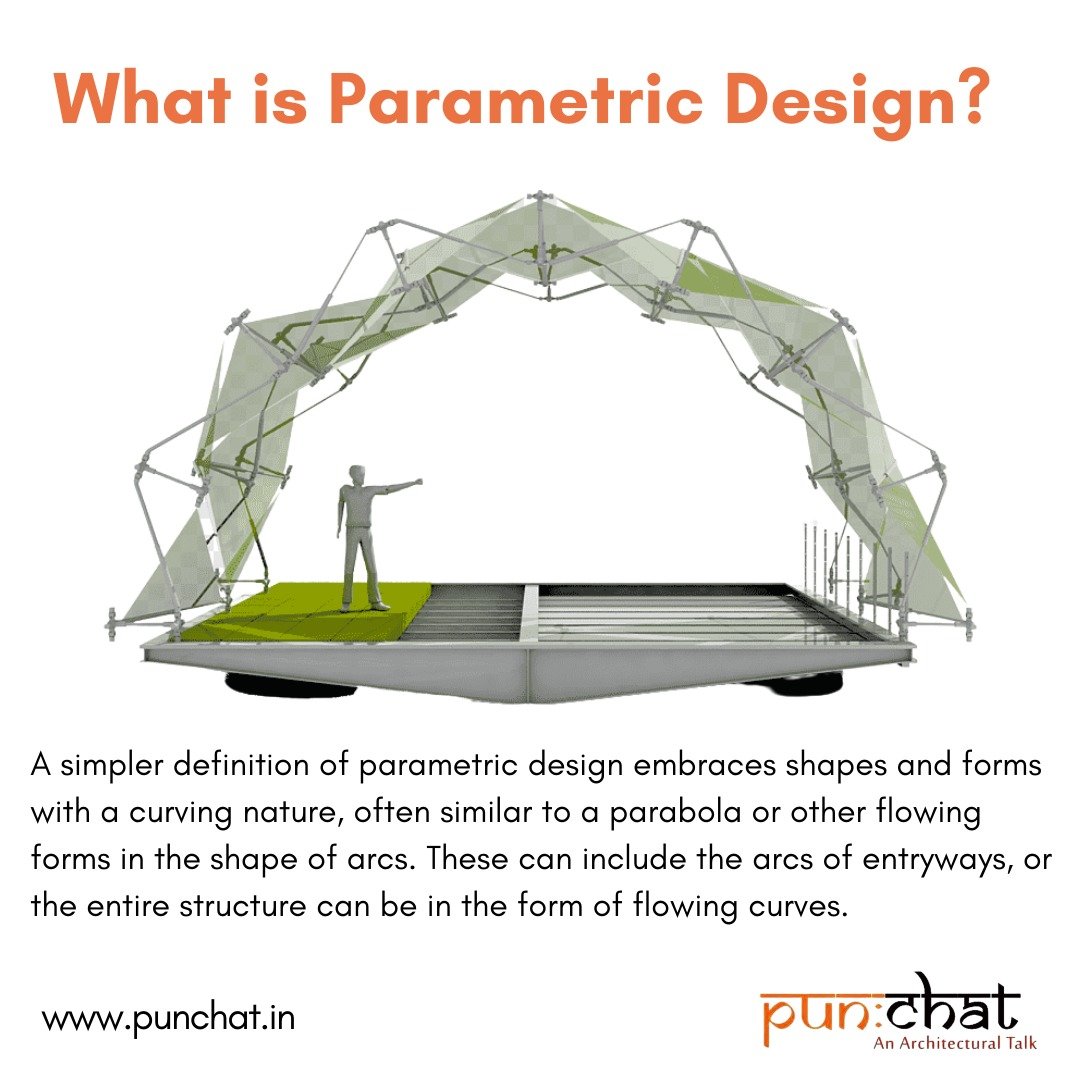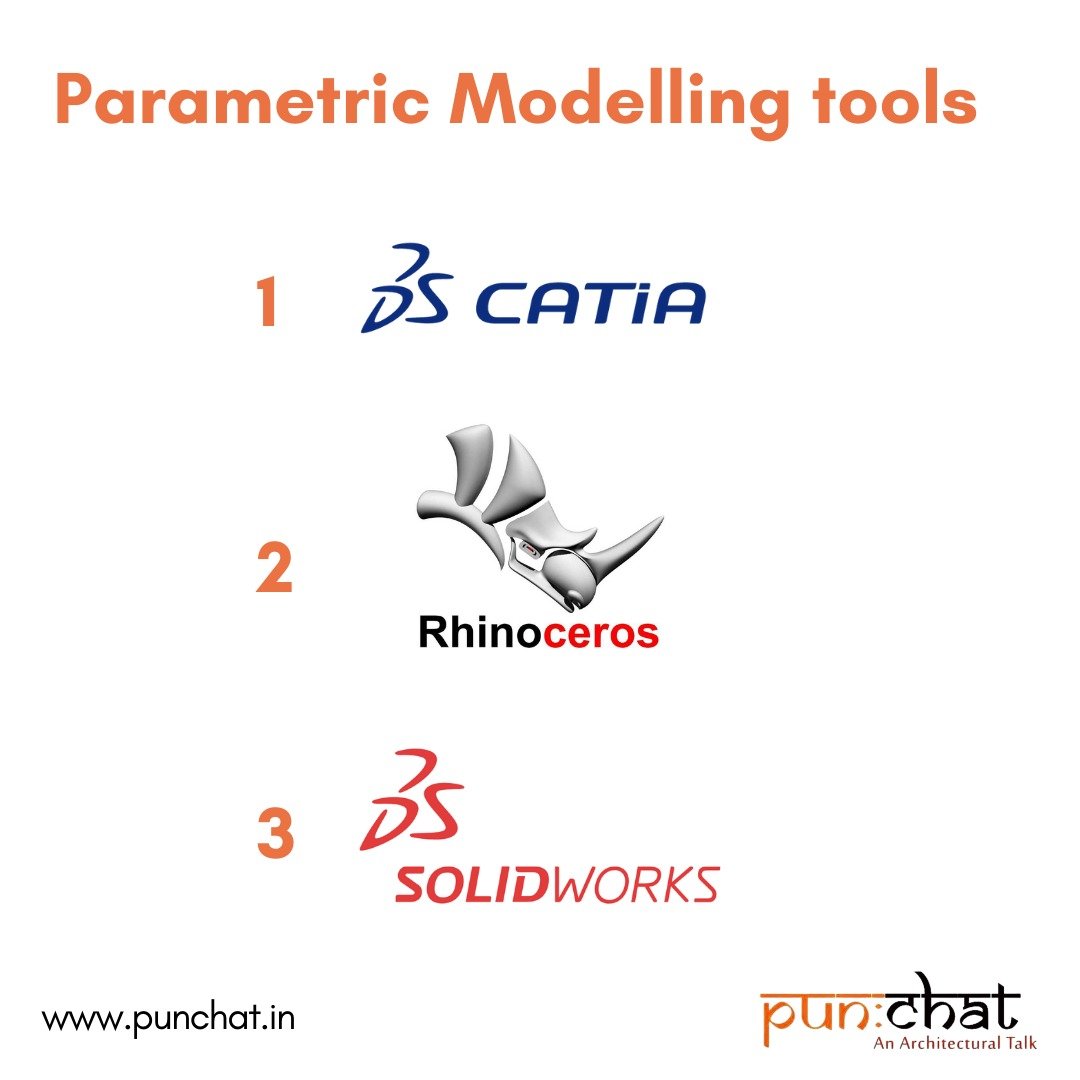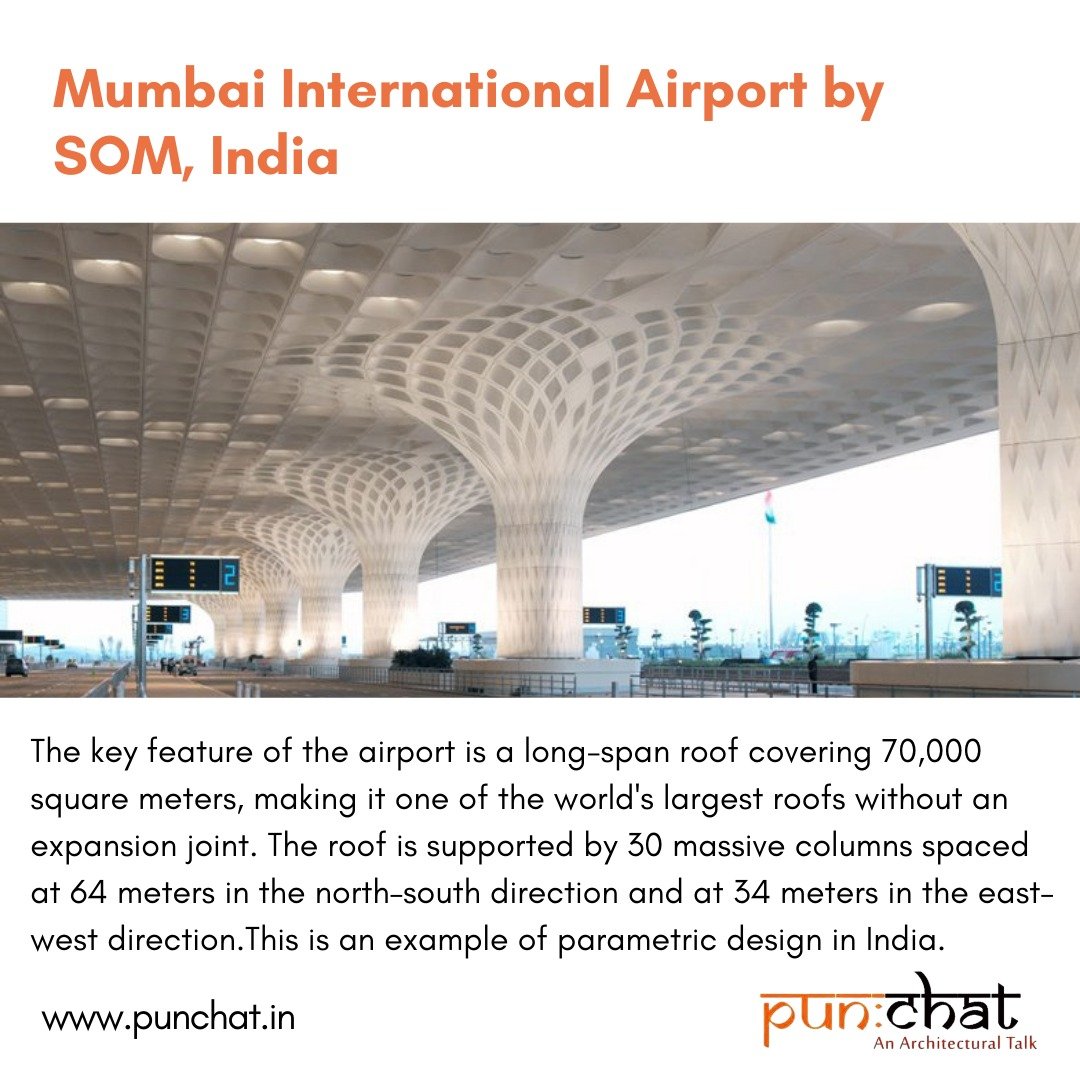All about Parametric Design each Architect should know
Broadly speaking, renaissance and heritage structures like Taj Mahal or Colosseum have been considered iconic for a long time. Visit any building today and you’ll encounter huge three dimensional and abstract structures that appear no less iconic than the old plaster casts. Such constructions have become the architectural obsession of modernity and addressed as – ‘Parametric Design’.
Parametric design is a complicated term that cannot be explained in a few words. When doing a google search about the same, the results lead to some dry and theoretical explanation. For example, Wikipedia says “Parametric design is a paradigm in design where the relationship between elements is used to manipulate and inform the design of complex geometries and structures.” Not that the definition isn’t accurate, but it's not that simple, and leaves most of us scratching our heads.
Fret not, we here present to you, everything you need to know about Parametric Design and structures!
What is Parametric Design?
Parametric design is a newfound approach to architectural design based on the mode of parameters. A simpler definition of parametric design embraces shapes and forms with a curving nature, often similar to a parabola or other flowing forms in the shape of arcs. These can include the arcs of entryways, or the entire structure can be in the form of flowing curves.
‘Parametric’ originates from mathematics and refers to the use of parameters and variables. The term was invented by Luigi Moretti to describe architectural design based on mathematical algorithms. Nowadays the term is used in respect to computational design systems that is a model of Antonio Gaudi’s work. He made use of analog models to probe and delve into design space.
A deeper dive into the mathematics criterion of Parametric Design
The term ‘parameter’ is cardinal to this design approach. It is based on the mathematical parameter, that is defined as a variable for which the range of possible values identifies a collection of distinct cases in a problem. Any equation expressed in terms of parameters is a parametric equation. This all may seem like a mumbo-jumbo to anyone who isn’t a math professional or advocate. To express it in layman terms, it is defined as a curving line or form. It is basically an arc, defined by a set of parameters, or numbers, and whose shapes can be defined in an equation. Think of it as calculations; you choose which math function will be performed, input different numbers, and the result depends on the variables. This is basically the parametric design process.
Features of Antonio Gaudi's technique
Parametric design has existed even before digital times. The work of Antonio Gaudi are perfect examples of the same, found all over Barcelona. Taking into consideration Sagrada Familia, Antonia created an upside-down model, with strings weighed down by birdshot. A mirror was placed below the model that showed what the chapel would look like right side up.
It is based on three parameters:
Length of the string
Anchor point location
Birdshot weight
Length of the string
The vertex locations of the point on the strings are the model outcomes that are derived by gravity or Newton’s Law of Motion. The force of gravity caused the strings to create a shape without the use of math or computers. By modifying individual parameters of these models Gaudi could generate different versions, while being certain that the resulting structure would stand in pure compression.
Parametric Modelling tools
There are many software choices available in the market today for parametric modelling, categorised on their uses (small scale, large scale and industry specific modelling).
Rhino - Specialized software such as Rhino aids in making products of any scale and for any industry (furniture, buildings, art pieces, clothing, jewelry).
Catia - CATIA (Computer Aided three-dimensional Interactive Application) was created by Dassault Systemes in France in the year 1970. It was used by architect Frank Gehry to design some of his award-winning curvilinear buildings such as the Guggenheim Museum Bilbao. This sophisticated software is widely used in the aeronautic, automotive, and shipbuilding industries.
SolidWorks - Introduced in 1995 as a low-cost competitor to the other parametric modeling software products, SolidWorks is primarily used in mechanical design applications and has a strong following in the plastics industry.
While this is a list of the main softwares used in Parametric designing, there are a lot of other fishes in the sea. 3D Max, Revit, Dynamo are a few other tools for the same.
Well-known examples of Parametric Design
The “Fish” or Peix Olímpic by Frank Gehry, Barcelona
The giant goldfish is one of the many parametric designs by Frank Gehry. This 56 meters long and 35 meters high fish structure is placed at the foot of the Hotel Arts, and gives the impression of longing to jump into the blue waters of the Mediterranean. It is made from intertwining gilded stainless steel strips, supported by a metal structure, and marked in intense gold color.
Mumbai International Airport by SOM, India
The key feature of the airport is a long-span roof covering 70,000 square meters, making it one of the world's largest roofs without an expansion joint. The roof is supported by 30 massive columns spaced at 64 meters in the north–south direction and at 34 meters in the east–west direction. This free flowing canopy design is an example of parametric design in India.
World Trade Centre Transportation Hub by Santiago Calatrava, New York
The Transportation Hub is conceived at street level as a freestanding structure. The arched, elliptical structure - the Oculus - is approximately 350’ long, 115’ across at its widest point and rises to a height 96’ above grade at its apex. The structural steel ribs that form the Oculus extend upward, like outspread wings, to form a pair of canopies that rise to a maximum height of 168’ above grade. It symbolizes the light that continues to shine through after the darkness.
There’s no doubt that Parametric Design is becoming common in architecture. It is all about artistic imagination and cultural uniqueness. Though there are a lot of challenges to parametric designs, there is no doubt that Parametricism can transform future cities on a grand scale. The ability to experiment with these concepts in digital space will continue to democratize the architectural design process.
Are you ready to incorporate parametric design into your next project? Have you given parametricism a shot? Do share your work and comments with us!





